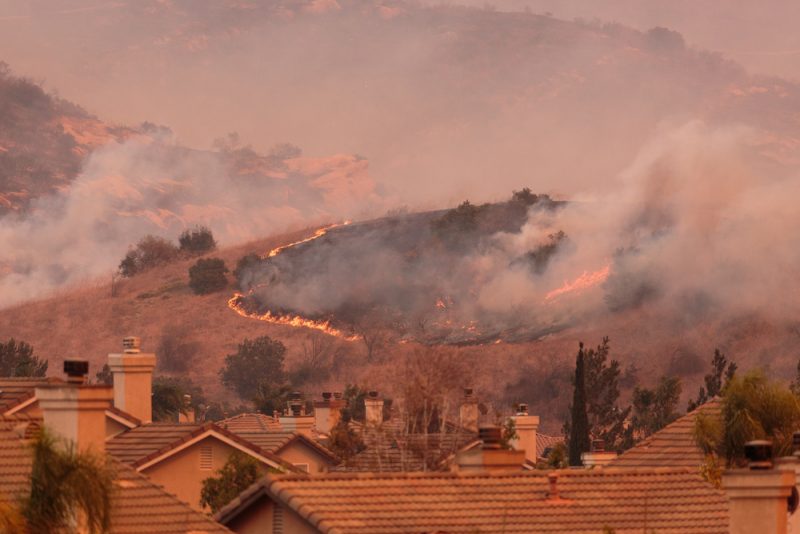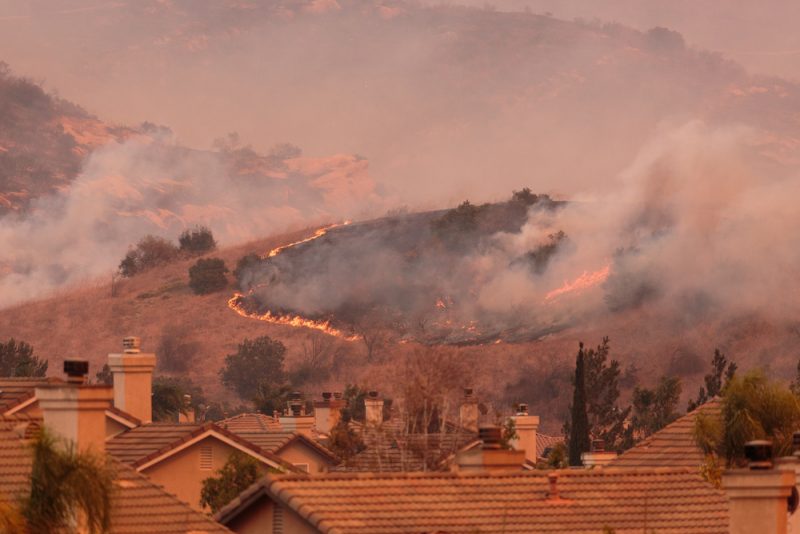You do a good job taking care of your family. You’re always there with a band-aid for scraped knees or bumped elbows. You turn off the stove when you leave the house. You lock your doors before you go to bed.

Despite the great job you do of protecting your family, there are a few home dangers of which you may not be aware. Invisible, and sometimes lethal, home risks filter in through your air and affect your family, all without you knowing. Some of these threats won’t exist in your home. Others may exist right now. It’s important to have your home tested for each of these three dangers. Once you know your air is clear, you can rest better at night.
Wildfire Particulates
If you live near the recent wildfires, your home could be at risk for contamination. Your family could experience the impact of wildfire-related particulates. Ash or other invisible debris from the fires could settle on the roof of your home and slowly make its way into your house. It’s important to protect your family against this airborne danger. If you don’t live near wildfires, this shouldn’t be a concern for you. If you do, however, contact Consulting Services. They’ll assess whether your home is being infiltrated. They’ll also find the places through which the particles enter. With their help, you can seal your home and stay safe from wildfire impact.
Radon
Radon is an invisible, unscented gas released by bedrock. If it makes its way into your home, there’s no way to detect it with your natural senses. Prolonged radon poisoning causes respiratory problems and, in some cases, even lung cancer. It’s important to get your home tested for radon. If you find that you or another member of your family experiences radon poisoning, contact a personal injury lawyer. Firms like Morristown, NJ Personal Injury Attorneys help you determine who’s at fault for your radon exposure, and help you gain financial compensation, if possible. Radon, like every other invisible home threat, can be detected and banished from your home. However, you must first determine whether if it’s there.
Carbon Monoxide
While Radon and Wildfire particulates depend on where you live, anyone could encounter a carbon monoxide leak, and not know it. You might always remember to turn on a fan after using your gas stove, but there are other ways for carbon monoxide to enter your air. Your HVAC system, water heater, and other appliances, if they use gas, may leak carbon monoxide. Carbon monoxide is often odorless and, while the gas in your oven may be scented with that “bad egg” smell, the rest of your home may not be. It’s important to have your home inspected once every year, and to keep your carbon monoxide detectors working.

